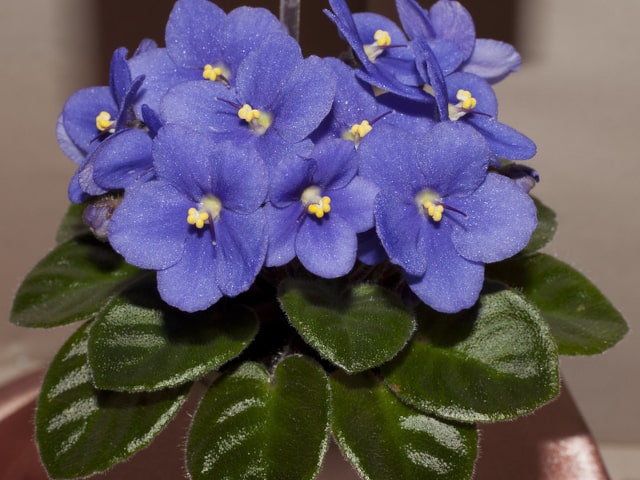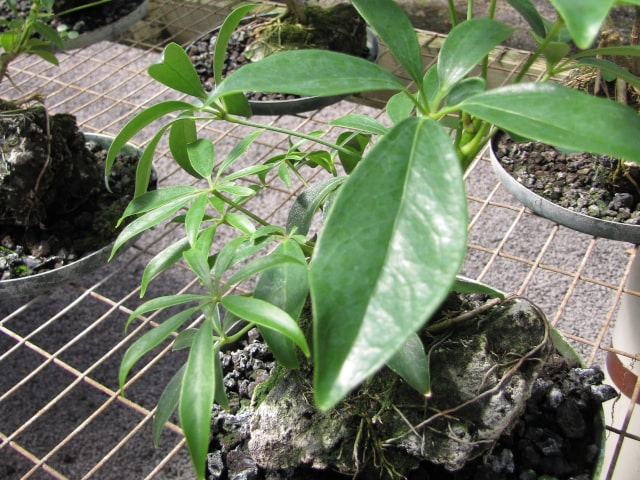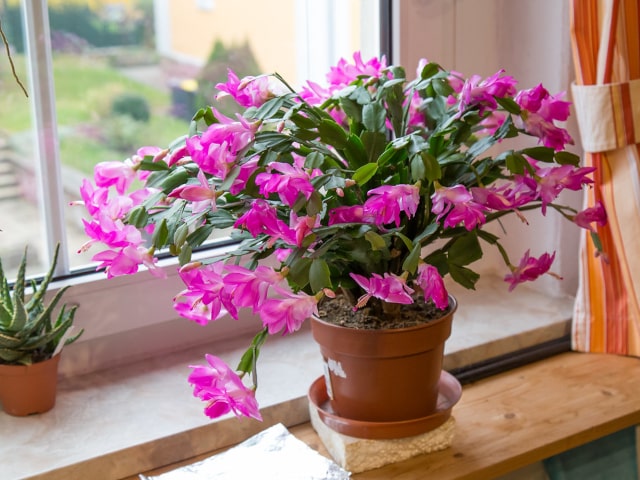
African violet is a gorgeous plant that is mainly grown for its flowers. While there are many houseplants that are grown for their foliage, African violet is famous for its blooms. While African violets look very lovely even without flowers, it is undeniable that blooms are the main reason to grow these beautiful plants.
What If it Doesn't Bloom?
This is why it can be very frustrating if your African violet doesn't produce flowers. Generally speaking, it takes some time for your African violet to mature. Only then you can expect to see all the bright flowers. However, what if you have a mature African violet and it refuses to bloom?
In case a mature African violet doesn't bloom, the main reason is that there must be something missing. In other words, there is an element that you are not providing to your plant. In order to make your African violet produce all those lovely flowers, you need to provide it with everything it needs to thrive.
A great thing about these plants is that they bloom richly and to a great degree when it has all the right conditions. In these cases, they are known to bloom throughout the whole year. Keep in mind that African violets are stubborn so they require some careful adjustments to meet all of its needs.
The proud possessor of such plants may have just happened upon the pleasing formula or they may have proceeded purposely, carefully checking each aspect of culture as it is known to please this sometimes apparently stubborn house plant.
Main Things to Provide
While African violets can be a bit moody and require very precise growing conditions, there are some main things you need to keep in mind. As long as you provide these things, you will help keeping your African violet happy and in turn it will be more likely to produce flowers.
Remember, this is not a sure thing; it can sure be difficult to make your African violet bloom. However, there are certainly some things you can do to increase your chances of success.
The main thing to consider is the amount of light it receives. African violets can be very demanding in this aspect: too much light and heat is bad but it is also a bad idea to leave it without enough light and warmth.
Keep in mind that African violets originally come from wooded places in Africa, with plenty of shade. It is therefore clear that you should not keep it in strong sunshine.
Too much sunshine can negatively affect the foliage. The leaves might turn yellow and the sun can burn the margin of the leaves. This can lead to the malformation of the leaves and flowers.
Another thing to consider is the watering regime. African violets need through soakings in the summer to receive all the water they need. At the same time, they should never be left to sit in water for too much. Watering regime should be easier in the winter, when the plant is dormant.
It is also important to remember that it is sometimes for the best to let your African violets be. Simply place it on a shaded spot away from the wind and let it grow on its own. In case it doesn't receive enough watering, consider providing some artificial watering to provide your African violet with enough water it needs.
Another thing to keep in mind is repotting your plants. You may think that repotting will shake things up and make them produce flowers in a new spot. While repotting might sometimes be an option, this should never be done directly in a garden bed during the summer. If you do this, the plants will develop a root system by the fall. It will make it very difficult to take them out of the garden bed and repot them back into containers for the winter. This can lead to a lot of stress, which is bad if you want to keep your plant happy and make it produce flowers.
It is undeniable that making African violets bloom is not an easy task. You need to take a good care of your plants and provide it with just the right growing conditions to make it happy. Only a happy African violet will produce flowers. It is not always easy to make your African violet thrive, so this is why many people struggle with making their plants give flowers.
In addition to general advice, it is also important to take into account the season. Generally speaking, the care you provide to your African violets should be adjusted to your climate. It has a lot to do with seasons. In other words, winter and summer care for your African violets will not be the same. You need to understand both and you need to change the care regime according to season to maximize your chances of your African violet producing flowers.
Winter Care
The key to a success is to choose the best spot for your African violet during the winter. It cannot withstand strong, direct sunshine even in winter months. It is best to avoid south-facing windows. However, if these are the only available, make sure to place a curtain or a blind to protect your African violet. The slats should always be tilted upward during the sunniest hours.
North-facing windows might be too dark during the winter. This may slow down the growth of your plant and prevent it from producing flowers. However, this might still be a good place for your African violet in the spring months.
Perhaps the best place for your African violet in winter is an east-facing window. This is an ideal spot for your plant in January. Just make sure to provide it with some curtain or a blind. However, when the temperatures become higher make sure to provide some shade for your African violet. You will probably need to do that sometimes in March or April.
Summer Care
During the summer, it is best to keep your African violet in indirect light. Between May and October, the best place for African violets is a north-facing window. It is also best to keep this window open throughout the day.
Another good spot is a lightly-shaded porch. It is best if it can provide some nice humid conditions. This will improve the well-being of your plant, making it more likely to bloom. It is important to provide your African violets with some shelter during the warmest months.
It is also vital to provide your plant with plenty of water. This is particularly important during the dry spells and extremely hot summer days. Make sure that you water them regularly and to provide them with some shade. These are the favorable conditions that should make your African violet bloom during the summer.
Photo credit: Danielle Scott




0 Comments